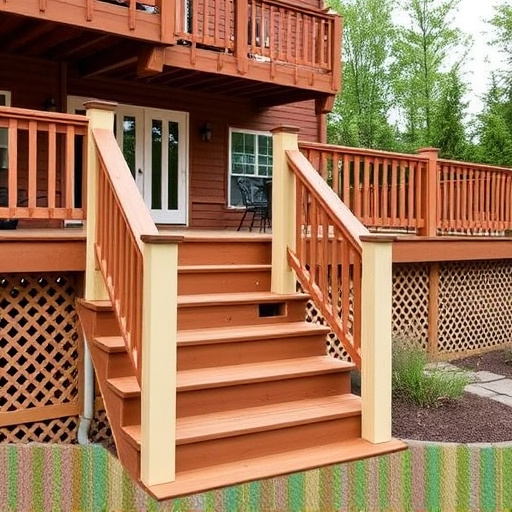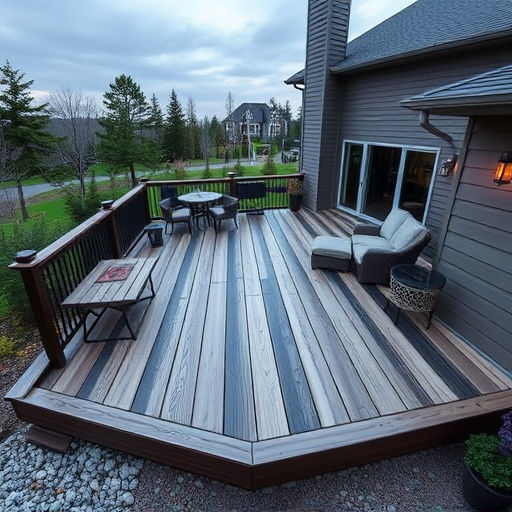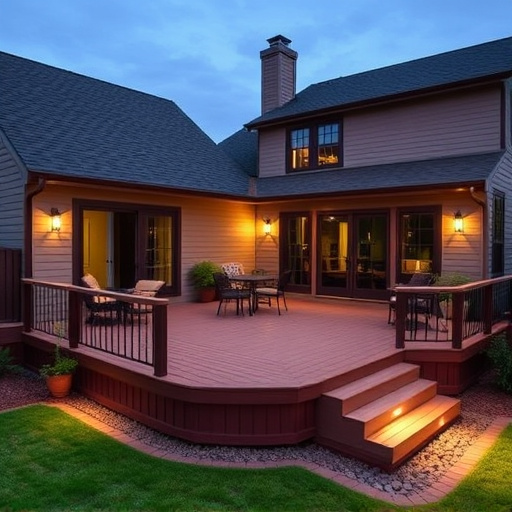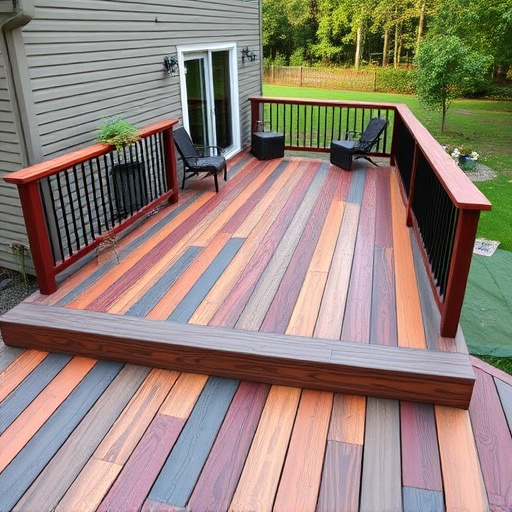Excited homeowners planning a patio deck construction project should avoid critical mistakes by focusing on essential planning, design, and site preparation steps. Integrating structural integrity, shade, and flow ensures safety, comfort, and functionality. Proper local code compliance and building permits prevent fines and future issues like roof or siding repairs. Leveling the ground, removing organic matter, compacting soil, and using suitable topsoil mix ensure durability and longevity of the deck. Following these steps creates a beautiful, practical, and long-lasting outdoor living space.
“Avoid common pitfalls and transform your outdoor space into a stunning patio deck with this essential guide. Discover top mistakes to steer clear of during construction, from planning blunders like overlooking local building codes to material selection errors that could compromise structural integrity. Learn why functional features and aesthetic integration are key, ensuring your new deck not only stands the test of time but also enhances your outdoor lifestyle. Maximize your investment and turn your vision into a reality with these crucial insights tailored for patio deck enthusiasts.”
- Planning and Design Mistakes
- – Overlooking local building codes and permits
- – Inadequate site preparation and grading
Planning and Design Mistakes
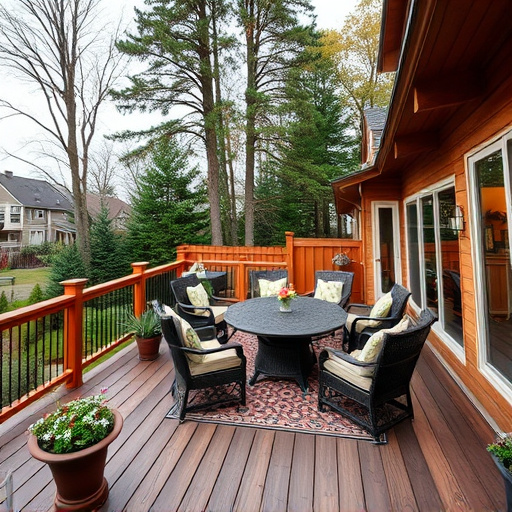
When planning a patio deck construction project, it’s easy to get caught up in the excitement of creating your outdoor oasis. However, making hasty decisions or overlooking crucial aspects can lead to long-term issues and costly repairs. One of the most common mistakes homeowners make is neglecting proper planning and design. This often involves inadequate consideration of structural integrity, shade, and flow, which are essential elements for a functional and enjoyable deck.
For instance, poorly planned decking may lack sufficient support, leading to uneven surfaces or even safety hazards. Inadequate shading can result in uncomfortable outdoor spaces during hot months. Additionally, poor design choices might create dead zones or hinder traffic flow, making the area less inviting. Remember that a well-designed patio deck should seamlessly blend with your home’s architecture and surrounding landscape while providing both functionality and aesthetic appeal. By taking the time to carefully plan and consider these aspects, you’ll avoid potential storm damage repair needs down the line and create a durable, beautiful, and practical outdoor living space.
– Overlooking local building codes and permits
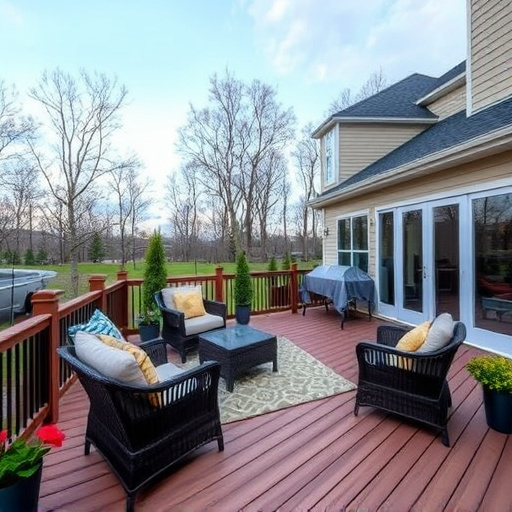
When embarking on a patio deck construction project, one common pitfall many homeowners fall into is neglecting to check local building codes and permits. Each municipality has specific regulations regarding outdoor structures like decks, and adhering to these rules is not just a legal requirement but also ensures your deck is safe and structurally sound. Overlooking these guidelines can lead to costly fines and even more significant issues during or after construction.
Obtaining the necessary permits is essential, as it allows you to access expert advice from local building departments. They can guide you on important aspects like deck dimensions, materials, and safety features required for a sturdy and compliant patio deck. Remember, proper planning and adherence to building codes are fundamental steps to avoid stress, expenses, and potential hazards associated with roof repair or the need for commercial siding later on due to structural weaknesses.
– Inadequate site preparation and grading

Before laying the foundation for your patio deck, proper site preparation is key to ensuring a sturdy and durable structure. Inadequate grading can lead to uneven surfaces, which not only compromises the aesthetics but also the structural integrity of the deck. It’s crucial to level the ground, addressing any dips or bumps, to create a solid base. This involves removing organic matter, compacting soil, and possibly adding fill material to achieve the desired grade. Professional contractors often recommend using a topsoil mix suitable for outdoor construction, offering both stability and drainage benefits.
Neglecting this step can result in water accumulation, weak points in the deck’s framework, and even uneven flooring. Moreover, improper site preparation may necessitate costly repairs down the line, such as replacing warped boards or damaged commercial siding due to an unstable base. Ensuring the ground is ready for construction forms a solid foundation for your patio deck, setting the stage for a long-lasting and beautiful outdoor living space.
Building a patio deck is an exciting project, but it’s easy to fall into common pitfalls. By avoiding mistakes like neglecting local building codes and permits, and not adequately preparing the site, you’ll ensure your outdoor living space is both functional and safe. Remember, proper planning and attention to detail are key to creating a stunning and durable patio deck that will enhance your home for years to come.










